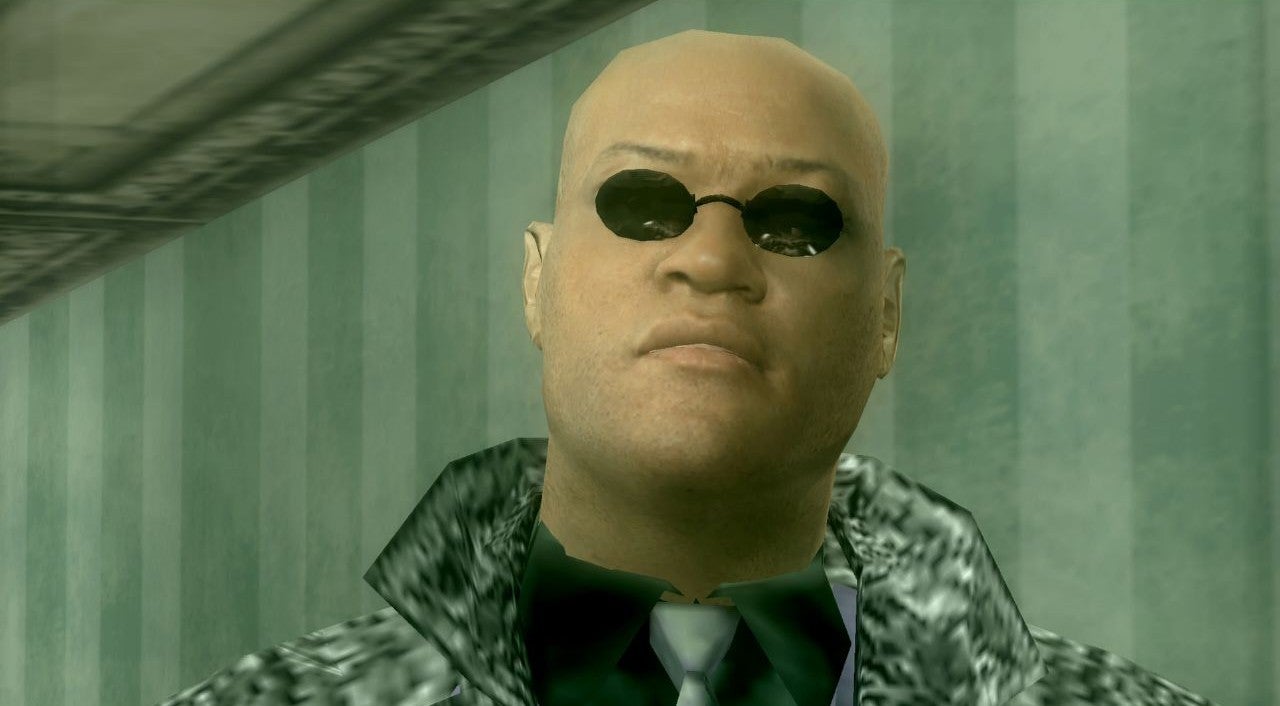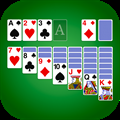
Do you not know gun fu? Briefly and baldly, it's the cinematic practice of making a gunfight look like something out of a martial arts film, with participants using firearms in ways that are borderline unbelievable - punting themselves backward along the floor with the recoil from two pistols, like Chow Yun Fat in The Killer, or slide-walking down a bannister while firing, like Chow Yun Fat in Hardboiled.
The guy credited with inventing gun fu is Hong Kong action guru John Woo, who directed both the movies above. Woo's gunfights are displays of 'heroic bloodshed' that make the average Wild Western duel look like a spelling bee. They can involve finesse, but they do not particularly emphasise calculation or method. Instead, Woo rejoices in scenes of slow-mo improvisation, blaring symbolism and sheer overkill. Chow Yun Fat waggles his index fingers and the set dressing turns into crimson fog and hunks of flying plaster.
After watching Chow Yun Fat blow gangsters away like snowmen, it's amusing to think that gun fu has become some kind of 'system' in the hands of nerds and later film-makers. The 2002 movie Equilibrium consolidates it into a fictional martial art, "gun kata", with Christian Bale striking various catwalk poses that notionally maximise his lethal potential, but mostly just make him look like he's trying to dislodge a spider.
Image credit: RemedyGun fu has, perhaps inevitably, become ever more standardised for being incorporated into games and videogames, which need predictable rules to play by. The original Max Payne blends Hardboiled with The Matrix to produce a wonderful, corner-jumping noir shooter, in which gun fu is fuelled by adrenaline, which itself is replenished by killing. The steady refilling of Payne's hourglass icon mechanises the movie director's need to pace out the showpiece stunts and maintain a steady rain of bodies.
The creators of GURPS had a go at standardising gun fu still further in a dedicated tabletop rulebook, which proposes that gun fu is actually two centuries old. It offers up a lexicon of documented or hypothetical gun fu techniques, including ranged disarms, "shooting between raindrops", and "crossbow fu". There's an entry for Max Payne, who appears here stripped of his pill-chugging tragic backstory and cleanly dissected as an Ultimate Shootist with Enhanced Time Sense, capable of Behind-the-Back Shots and Cinematic Knockback.
The gun fu mindset appears everywhere in modern videogames, to the extent that it's no longer quite acknowledged. It's the bread and butter of innumerable third-person punchbangers, from the recent, terrible yet strangely compelling Wanted: Dead, to the sublime Bayonetta, in which kicks become salvos when you hold the button. It's not until recently, however, that I've started making hazy theoretical connections between gun fu and how videogames at large think about guns.
Image credit: PlatinumGamesA useful argument to make of guns in games is that they are not guns at all, even when they're officially licensed from manufacturers in the course of efforts to win over another generation of young people. They are just magic ways of changing the state of distant objects. There's a banal labour-saving dynamic to this: if a gun is your principle means of interacting with things, you can forgo any number of awkward intervening actions such as walking up to NPCs, making your avatar hit them, persuading them to surrender, asking them what they did on their holidays, etcetera.
Insisting that videogame guns are just an exercise in minimising complexity frees us up to think about guns as instruments of things beside bloodshed. If destruction is typically the outcome of pulling a controller trigger, this doesn't have to be the case. In the ancient first-person Macintosh game Mazeworld, which I really need to review someday, you shoot balls of positive or negative energy at entities to scare them off or render them agreeable. To chase away any accusations of forced wholesomeness, I am not suggesting that we channel the Pyro's hallucinations in Team Fortress 2, and turn every shooter into Splatoon. I'm just saying that guns in games are generally more than guns.
Even when they exist purely to kill, they serve as tacit pacing devices by means of fire-rate and reload time - see also, the recent trend of rhythm-based FPS games, like BPM: Bullets Per Minute. A gun’s range may also be a 'creative' factor in terms of contouring the virtual geography, with 'accidental' benefits - so many arresting vistas in shooters reflect the capabilities of a particular weapon.
Meet the Pyro Watch on YouTubeIt's helpful to link in gun fu here, because gun fu is all about transcending the bare fact that a gun is a very efficient means of killing. Gun fu fighters do things with guns that look absolutely daft, and one consequence is that guns become ridiculous and playful. No life-loving shootist jumps off a table with two handfuls of volcanic Beretta, like Chow Yun Fat in The Killer. No reasonable marksman does a ballistic Morris dance in the middle of a group of riot officers, like Christian Bale in Equilibrium. The gun's association with instant, clinical death is blasted apart along with the fraying scenery.
What's more, gun fu can be an exercise in 'minimising complexity' in cinema as well. A closing deep-ish dive: last night I rewatched John Wick, the current acme of gun fu in western English language circles. I remember seeing it a few years ago and feeling sorely underwhelmed by the focus on close-quarters gunfire and grappling. Where were the roundhouse kicks and fist combos I'd come to expect from Keanu Reeves? Was it just too much for his hips, 15 years on from the Matrix?
Recently I learned that the movie's choice of fighting techniques is partly a reflection of production constraints. Using pistols so obsessively at close quarters avoids certain routine difficulties in fight scene choreography, while angling around the bodily limits of the star. Basing a martial art on gun fu takedowns means you can avoid more athletic moves that require stunt doubles, which means you can spend less time cutting away to hide those stunt doubles from the viewer. It means you can do long takes without having to worry about the audience noticing that murderous chops to the skull aren't actually connecting.
Image credit: Good Shepherd Entertainment"The more you do punches and kicks, the more you gotta miss, because you gotta sell the hit, you gotta change the angle," co-director Chad Stahelski told Forbes in 2017. "So okay, we're gonna get rid of punches and kicks. We're gonna do judo, jiu-jitsu, and tactical gun work, so we can hold all the shots, no cuts. So we developed a style and reverse-engineered from there." The movie makes much more sense to me, in hindsight. Wick's preference for finishing off adversaries with a bullet is both another show of 'heroic bloodshed', and a way of managing the budget. To summarise all this in videogame terms: John Wick turns the gun into a punch button.













